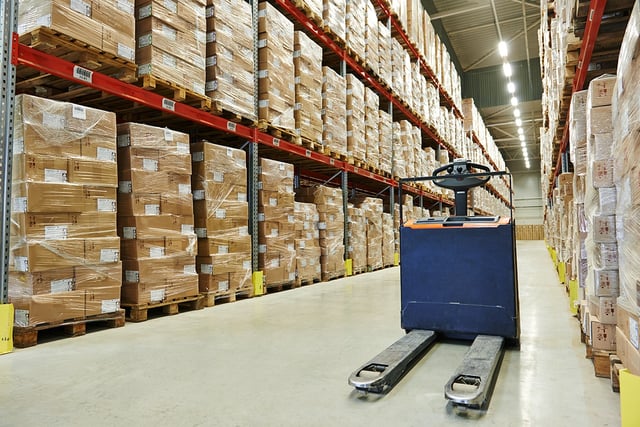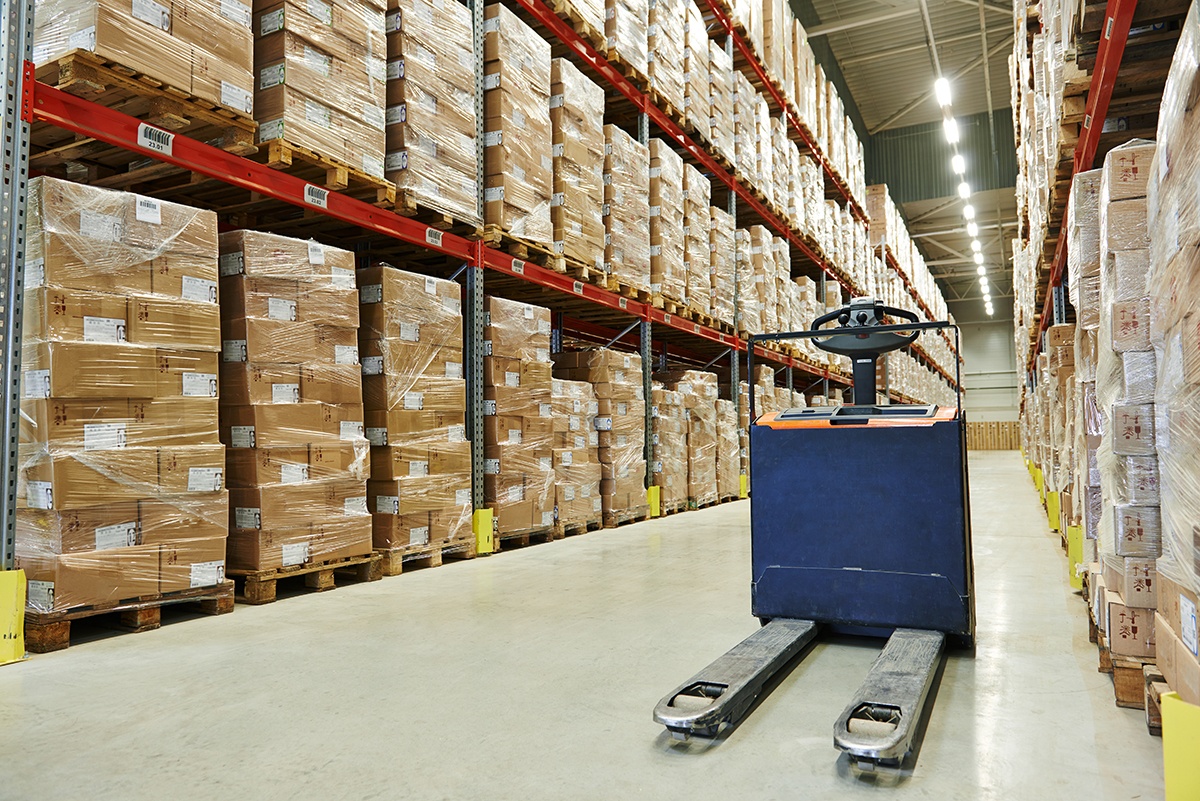How data-driven space planning can counteract the UK warehousing crunch
As the UK e-commerce retail sector continues to boom, retailers need room to grow. However, with fit-for-purpose warehouse space in short supply, improving space utilisation in an existing warehouse is an attractive option.An October 2016 report by property agent Savills, looking at premises over 100,000 sq ft, finds that the available amount of warehouse space has fallen by 71% since 2009. And critically, the UK Warehousing Association suggests that 20% of available warehousing is ‘not fit for purpose’ for modern industries.
This has been exacerbated by the government’s decision to give empty UK warehouses 100 percent business rate relief for six months after construction and no relief at all afterwards. Fearful of constructing warehouses that could sit empty for several years, developers invested in fewer speculative projects.
And with the recent news that Chinese retail behemoth, Alibaba is joining Amazon on the hunt for more UK warehousing, the situation looks likely to worsen, with Quartz referring to the situation as a ‘turf war’.
Because of this confluence of events, limited warehouse space can be a roadblock to capitalising on the e-commerce revolution.

Still, technological advances in areas like data-driven space planning allow warehouses to do more with less. Data-driven space planning not only helps warehouses streamline their current pick, pack and ship processes – it can also unlock revenue sources warehouse managers haven’t considered. Benefits of investing in warehouse management software that drives data-driven space planning include:
1. Better knowledge of stock
Unsold stock isn’t only a drain on your cash reserves – it’s a waste of your valuable warehouse space. Warehouse management software keeps track of both inventory quantity and location and can more effectively and automatically audit inventory in its locations. This means less ‘buffer’ stock is required, more just-in-time ordering is possible and less orders are lost due to out of stocks. The WMS can also identify where slower moving items are blocking key pick locations and where the same product is in multiple locations, allowing consolidation across the warehouse to drive up utilisation. By creating space for more popular products and ordering fewer products that languish around the warehouse, you’ll open more space and have the capability to fulfil more orders, faster.
Additionally, a warehouse management system optimises employee efficiency. Software for warehouse management measures which areas of your warehouse are busier than others, and can reassign employees from slower areas. In an industry where customers are conditioned to expect rapid delivery, WMS data can help your warehouse remain competitive.
2. Build up (or in)
Even though ground square footage is at a premium, warehouse operators often don’t consider another asset: the air. Warehouse management software can help owners determine how installing different racking, with smaller locations for fast moving, mixed SKU locations, could drive up storage density without affecting pick accuracy. Many operators think that the only option is to construct new floors, without considering the space between the racks and how volumetric calculations might save 10-20% of the storage area needed, without the need to invest huge sums in mezzanine floors or automated storage systems/carousels.
Warehouses can also redesign pick faces to shrink their size. Although a smaller picking location requires more frequent replenishment, a cloud WMS will use the data it collects to drive your operators along optimal pick paths, use multiple picking locations for the same SKU based on size and velocity and other advanced techniques to drive down the time it takes to find and fulfil the orders while keeping replenishment moves to a minimum.
3. Additional revenue opportunities
You may need every inch of your warehouse during peak season, but do you have extra space once the holidays are over? Using a WMS to streamline your non-peak season operation can result in identifying underutilised areas of your warehouse. You can then rent out extra space to other retailers.
According to Internet Retailing and eDelivery, one in five retailers offer unused warehouse space to other companies, and 12 percent said they’d like to have this capability.
This can work to your benefit even if you don’t have a traditional peak season: if your warehouse carries seasonally popular products such as lawn and garden supplies, you may have extra space during the winter months to benefit other companies. Using a cloud WMS, you can segregate stock electronically rather than manually, making it easier for two or more businesses to operate under one roof.
Warehouse square footage may be at a premium right now, but that doesn’t have to come between your company and growth. By adopting data-driven space planning, you can cut costs and maximise warehouse efficiency.



